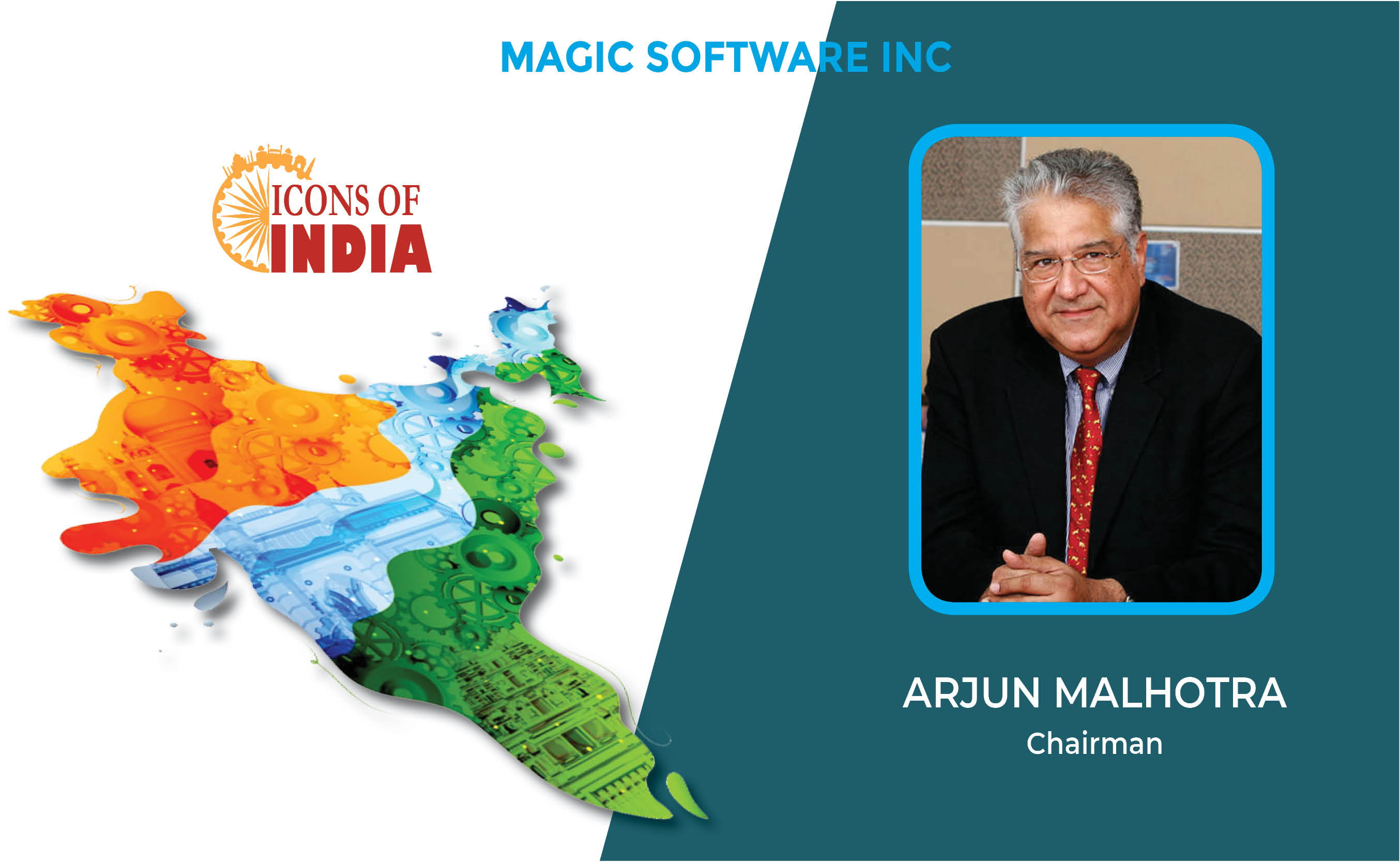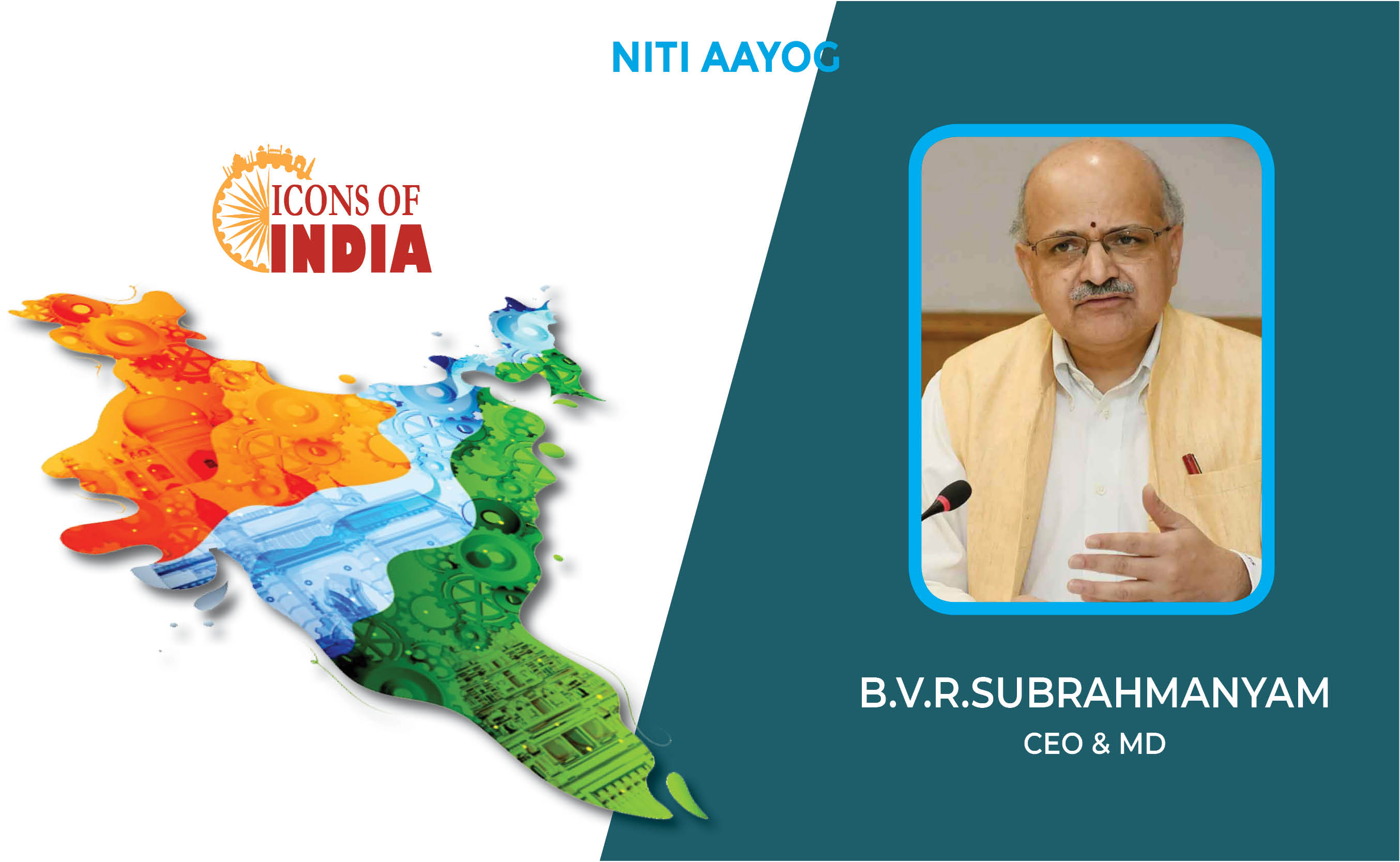Government’s push for local manufacturing driving India’s mobile shipment
By MYBRANDBOOK

The India Government’s push for self-sufficiency in mobile phone assembling is reaping results. Between 2014 and 2022, as a part of the government’s Make in India initiative, India shipped two billion domestically assembled smartphones and feature phones.
According to Counterpoint, 98% of all the mobile phones shipped within India market in 2022 are manufactured domestically and 16% of the production was exported, compared to a mere 19% in 2014, the year Prime Minister Narendra Modi’s administration assumed office.
Counterpoint mentioned that India took just two years to assemble the last 500 million smartphones and feature phones. It is a milestone that has strengthened the country’s position as the world’s second-largest mobile phone producer.
In recent years, the centre is providing incentives to firms in a bid to spur domestic production.
“The government now intends to capitalize on its various schemes to make India a ‘semiconductor manufacturing and export hub.’ Going forward, we may see increasing production, especially for smartphones, as India gears to bridge the urban-rural digital divide and also become a mobile phone exporting powerhouse,” said Tarun Pathak, Research Director at Counterpoint, in a statement.
At present, almost 200 smartphone and feature brands are assembling in India, up from just two before 2014, as per a news source. India is assembling roughly 1.8 times more smartphones than Vietnam and about a quarter of China’s output, he said. China, India, and Vietnam are the top three smartphone manufacturers.
“India has come a long way in mobile phone manufacturing,” said Pathak. “Local value addition in India currently stands at an average of more than 15%, compared to the low single digits eight years ago. Many companies are setting up units in the country for manufacturing mobile phones as well as components, leading to growing investments, increasing jobs and overall ecosystem development.”
India has also benefited as many Western companies scramble to look for a backup to China as the world’s factory floor. Even though India is drawing hardware companies to increase their footprint in the nation, current administration officials contend that the South Asian market might have been better off if the preceding ruling parties had performed more diligently.
A senior Indian minister last month blamed the previous governments’ strategic and political vision and “a big dose of incompetence” as significant contributors to the country’s underdeveloped semiconductor industry. “India has missed the bus repeatedly on electronics and semiconductors. There was a lack of strategic and political vision and a big dose of incompetence,” said Rajeev Chandrasekhar, Deputy Minister for IT.
“Fairchild semiconductors, which is the precursor to Intel, came to India in 1957 for a packaging unit and we chased them away. That packaging unit went on to become Asia’s largest packaging hub in Malaysia. We set up a fab for silicon and germanium transistors that had shut down. India’s major VLSI facility, Semi-Conductor Laboratory (SCL), perished, as a mysterious fire in 1989 halted production until 1997. In 1987, India was just two years behind the latest chip manufacturing technology. Today, we are 12 generations behind — this is how far behind as a nation on semiconductors,” he said.


Legal Battle Over IT Act Intensifies Amid Musk’s India Plans
The outcome of the legal dispute between X Corp and the Indian government c...

Wipro inks 10-year deal with Phoenix Group's ReAssure UK worth
The agreement, executed through Wipro and its 100% subsidiary,...

Centre announces that DPDP Rules nearing Finalisation by April
The government seeks to refine the rules for robust data protection, ensuri...

Home Ministry cracks down on PoS agents in digital arrest scam
Digital arrest scams are a growing cybercrime where victims are coerced or ...


Icons Of India : Arjun Malhotra
Arjun Malhotra, the Chairman of Magic Software Inc., is widely recogni...

Icons Of India : ALOK OHRIE
Alok Ohrie leads Dell Technologies’ India business, overseeing Sales...

Icons Of India : B.V.R. Subrahmanyam
A 1987 batch (Chhattisgarh cadre) Indian Administrative Service Office...


GeM - Government e Marketplace
GeM is to facilitate the procurement of goods and services by various ...

DRDO - Defence Research and Development Organisation
DRDO responsible for the development of technology for use by the mili...

ITI - ITI Limited
ITI Limited is a leading provider of telecommunications equipment, sol...


Indian Tech Talent Excelling The Tech World - JAY CHAUDHRY, CEO – Zscaler
Jay Chaudhry, an Indian-American technology entrepreneur, is the CEO a...

Indian Tech Talent Excelling The Tech World - Shantanu Narayen, CEO- Adobe Systems Incorporated
Shantanu Narayen, CEO of Adobe Systems Incorporated, is renowned for h...

Indian Tech Talent Excelling The Tech World - Thomas Kurian, CEO- Google Cloud
Thomas Kurian, the CEO of Google Cloud, has been instrumental in expan...
 of images belongs to the respective copyright holders
of images belongs to the respective copyright holders